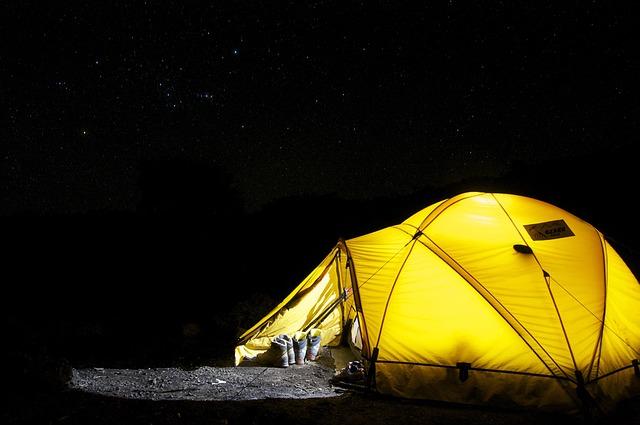Examining the Expansion of Temporary Immigrant Detention Facilities
The recent announcement by U.S. Immigration and Customs Enforcement (ICE) to broaden its network of temporary tent facilities for immigrants has ignited a significant debate among advocacy groups and policymakers alike. While some view these provisional structures as a budget-friendly alternative to traditional detention centers, others express grave concerns about their potential to worsen the already challenging conditions faced by individuals in immigration custody. As ICE gears up for this expansion, critical questions arise regarding human rights implications, public safety, and the overall welfare of those detained in these environments. This article delves into the possible ramifications of ICE’s initiative, highlighting what could go awry with these tent facilities and their broader effects on immigrant communities nationwide.
Health and Safety Concerns in Temporary Immigrant Detention Facilities
The push to establish more tent jails for immigrants has raised numerous alarms about health and safety standards within these makeshift facilities. Detractors argue that the transient nature of such tents poses serious challenges in providing a secure living environment that meets even fundamental human necessities. Existing reports from similar setups reveal several pressing issues:
- Lack of adequate medical services: Limited healthcare access increases vulnerability to health complications among detainees.
- Poor hygiene conditions: Inadequate sanitation can facilitate rapid outbreaks of infectious diseases, putting detainees at further risk.
- Exposure to harsh weather: Insufficient protection against extreme temperatures or severe weather can lead to significant health hazards for those housed within.
The psychological toll associated with confinement in such settings is equally concerning. Mental health professionals warn that uncertainty coupled with an unstructured environment can heighten stress levels and anxiety—especially among children and families affected by detention policies. A review comparing similar facilities indicates:
| Issue | Consequences |
|---|---|
| Sense of isolation | A rise in feelings of depression and anxiety disorders. |
| Lack of personal space | A negative impact on mental well-being and dignity. |
| Status uncertainty | An increase in stress levels affecting overall wellness. |
Socioeconomic Impact: The Effects on Local Communities from Expanding Detention Centers
The proposed growth in immigrant detention centers is set not only to affect detainees but also significantly alter local communities’ dynamics. Increased funding directed towards these facilities often diverts resources away from essential services like education or healthcare systems—leading to a redistribution that exacerbates existing socioeconomic challenges within neighborhoods already struggling with underfunding issues.
This shift may also carry stigma; surrounding areas might see property values decline while deterring new business investments—ultimately stunting economic development opportunities locally.
Recent statistics indicate troubling trends where local job markets do not necessarily benefit from such installations; instead, they may witness an influx primarily composed of low-paying positions tied directly to facility operations without alleviating financial pressures on residents.
The following table outlines potential impacts stemming from this expansion:
| >Economic Area<< / th >> < | >Possible Outcomes<< / th >> << / tr >> |
|---|
| Measure | Purpose | |
|---|---|---|
| Independent Oversight | To monitor enforcement practices ensuring compliance legal standards . | |
| Public Reporting | To maintain transparency operational practices build public trust . | |









